Must Reads
What is a ‘Must Read’ for those interested in medical education?
Each month, we identify 3-4 noteworthy articles from the health professions education literature and label them as “must reads.” Selection is based on several criteria including originality and methodological rigor. Our process includes a formal search of the peer-reviewed literature, screening titles and abstracts, full text review, and an editorial meeting to achieve consensus.
Who are we and why are we doing this?
Our reviewers include individuals with expertise in teaching, educational oversight, and research as well as those who are beginning their careers as educational scholars.
The volume of health professions education articles has become overwhelming. In curating some of the best new published papers, we hope to make it easier for all of us to keep abreast of cutting edge educational scholarship and practices.
We’d welcome involvement in the selection process. Reviewers can earn CME credit and contribute to Must Reads research. If you are interested in supporting this work or have perspectives to share, please email Sean Tackett: stacket1@jhmi.edu.
You can also follow @MedEdMustReads on X (aka Twitter) to be notified when new must read articles are selected and sign up to receive an email each month.
(Current Reviewers: Mohammad Aldalou, Syed Muhammad Ali, Paul Bain, Suni Ebby, Vyasa Hari, Scott Kinkade, Anisha Kshetrapal, Viviane Liao, Liju Mathew, Amin Nakhostin-Ansari, Ashley Paul, Julianne Perretta, Katherine Senko, Grace Suh, Sean Tackett, Scott Wright, Tony Zhu)
Featured This Month
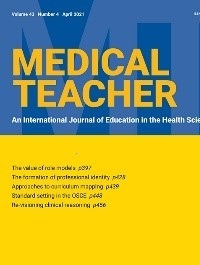
The Gist
• Describes relevant concepts and provides examples contrasting productive with unproductive struggle in clinical learning.
Why This is a Must Read
Desirable difficulties make learning efficient. This article highlights how productive struggle – and failure – can better prepare learners for uncertain and complex clinical environments.

The Gist
• Encounters were emotionally charged, and learners repeatedly reflected on feedback as they processed it.
Why This is a Must Read
Feedback often targets short term adjustments, but some feedback lingers with learners. This article illustrates that the impact of especially powerful feedback may not be known until years later.
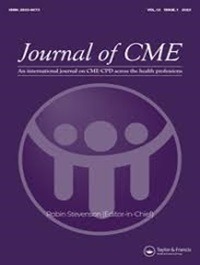
The Gist
• Physicians enjoyed spending time with art and found it relevant to their clinical and educational skills.
Why This is a Must Read
Art is meant to change how people think and feel. This article adds to the growing evidence that art may be useful for medical learners at all levels.
Featured

The Gist
• Describes 4 key elements of transfer – (1) developing a mental model, (2) having motivation to apply learning, (3) being in a new and relevant situation, and (4) metacognition – and provides tips for educational design and questioning strategies.
Why This is a Must Read
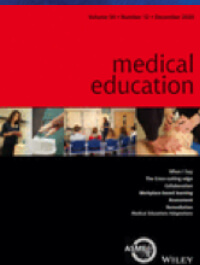
The Gist
• Summarizes 5 types of interventions at individual and systems levels and describes mechanisms for how interventions worked.
Why This is a Must Read

The Gist
• Emotions affected – and were affected by – clinical reasoning; both positive and negative emotions could improve reasoning.
Why This is a Must Read

The Gist
• Suggests that “little stories” of everyday struggles, collaborations, and successes should be incorporated throughout medical education.
Why This is a Must Read
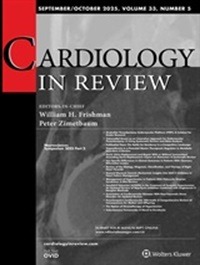
The Gist
• Research activity increased during the period, with the greatest increases for the most competitive specialties.
Why This is a Must Read
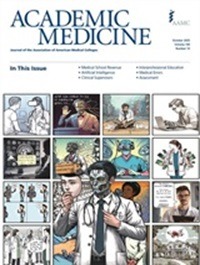
The Gist
• Reported 3 themes: (1) challenging and supporting learners, (2) valuing learners as part of the team, and (3) showing enthusiasm for teaching and patient care.